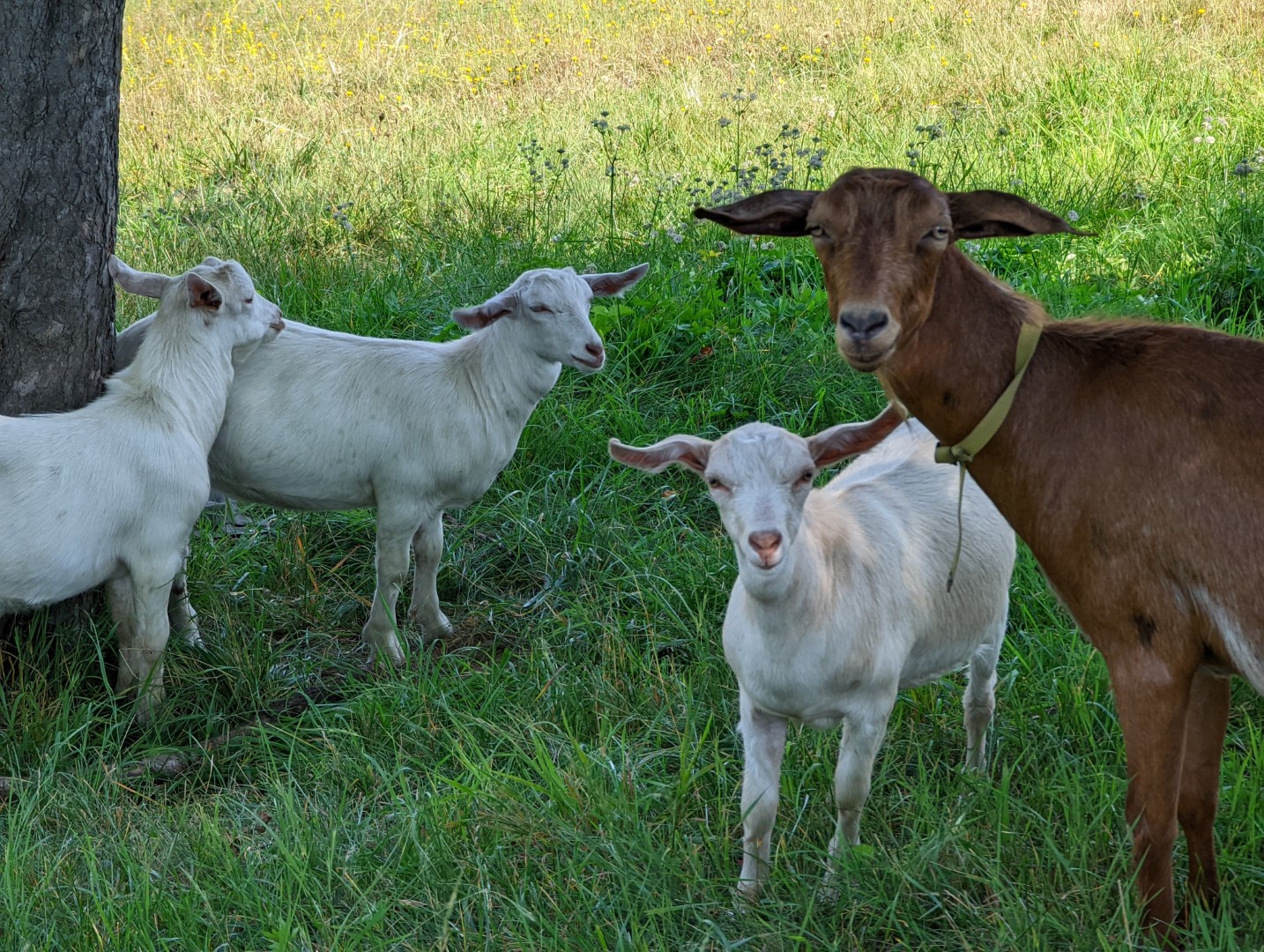This region of Romania contains several walled cities, a testament to the many invasions and sieges through the medieval ages. Sighisoara was founded by Saxons in the 14th century. They were invited by the Hungarian king to settle and protect the area.
Over the years they needed to fortify the city from attacks. Most of the walls of Sighisoara are still intact, as are many old buildings. Trade Guilds were important financial and political organizations of the time and each Guild was responsible for constructing and staffing defensive towers. 9 of the original 14 towers remain and many medieval buildings still line the cobblestone streets and alleys.
The Scholar’s Stairs
There is also a staircase with a wooden covering built in the mid 17th century that leads from the town pat of Sighisoara up to the large church on the top of the hill, all within the city walls.

A large clock tower stands over the main gate to the town. The tower was first built in the 14th century. In the 17th century they tore down the roof, added two floors and balcony and a clock. The clock has puppets that rotate daily to show the day of the week. The puppets look a bit frightening up close.
We stayed in the Taschler House, which is an old house that had been converted to a hotel. It stands just outside and below the Clock Tower. The hosts were attentive, and it was so relaxing to eat breakfasts on the rear patio while gazing up at the clock tower. Even our shower window had a view of the tower. And the stairs were a little off, but for a 300 year old house we should give it a pass

Tourists from Romania and beyond come here to see this beautiful little walled city. It takes about two hours to see the sights in the town, visit the open towers and walk up and around the church on the hill. We were there for two full days and felt like we could give tours when it was time to leave. It is definitely worth a visit.
Cluj-Napoca
We then moved on to Cluj, which has at least 2000 years of history. The Romans had a fort here, then waves of immigrants from various places for centuries. Next was the influx of Saxons in the 13th century (Germanic people) at the invitation of the Hungarian king, but in Cluj, they were mostly displaced by Hungarians in the 15th century. In the 20th century Transylvania became part of Romania and Romanians displaced the Hungarians. The German name for the city was Klausenburg.
We stayed near downtown in a very quiet apartment that faced an inner courtyard. Pigeons gathered in the courtyard twice a day in anticipation of being fed by one of the permanent residents. We walked the parks and the downtown area anchored by the requisite large Cathedral, this time a Catholic one, with a nearby Orthodox Cathedral. Among other things we had some great Italian food, some Gelato (heat wave here currently, so the Gelato was only for medicinal purposes).
We took a day trip to the Salt Mines in the unfortunately named town of Turda. There is some mention of mining salt here as early as 1075. They mined salt on a large scale from the 1600’s into the 20th century. The mining operation left behind cavernous rooms that are now a tourist attraction. The size and height of the space is impressive, and the walls and ceilings have strange wavy patters in greys and whites. The walls are damp and appear semi translucent, as though made of dirty ice. I’ve never seen anything like it.
There is now an amusement park occupying much of the floor space. There is a connected older conically shaped mine that is now flooded, so the amusement park rents row boats to row around for a few minutes.
We were a bit surprised to see so many people there, the parking lots were nearly full and some of the stairs were uncomfortably narrow and crowded with long lines to get up and down. I suppose it is novel to play ping pong miniature golf, ride a small ferris wheel and go boating in a former salt mine.
Next up, we are renting a car for a week’s travels up near the border with Ukraine!

































Leave a Reply